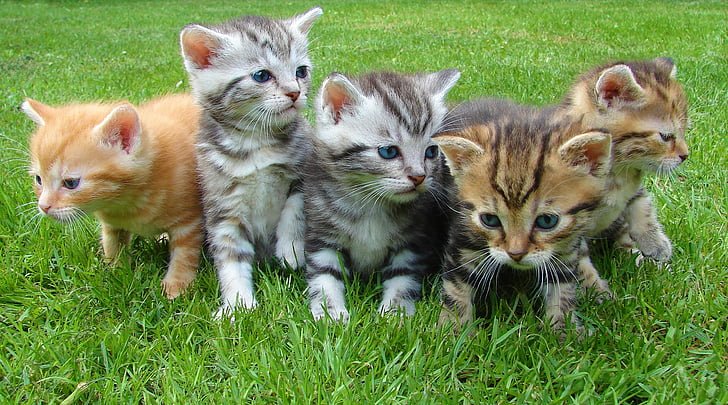
If you’ve ever wondered how to tell a cat’s age, the answer might be in their mouth. A cat’s teeth can reveal a lot about their age, especially when paired with other physical and behavioral signs. Whether you’re caring for a stray or adopting from a shelter, here’s how to estimate a cat’s age using simple clues.
Knowing how to tell a cat’s age isn’t just interesting — it helps you provide the right care. Kittens need different food, playtime, and vet visits than seniors. Age can also influence things like weight management, dental care, and even behavior changes. Whether you’re adopting or simply curious, learning how to tell your cat’s age can make a big difference in how you care for them.
Cat Teeth and Age: A Simple Breakdown
Teeth are one of the most reliable ways to estimate a cat’s age, especially during the first year.
| Age | What to Look For |
|---|---|
| 2 to 4 weeks | Baby (deciduous) incisors begin to appear |
| 3 to 4 weeks | Baby canines start coming in |
| 4 to 6 weeks | Baby premolars visible, mostly on the lower jaw |
| 8 weeks | All baby teeth are in place |
| 3.5 to 4 months | Permanent incisors start coming in |
| 4 to 5 months | Permanent canines, premolars, and molars begin appearing |
| 5 to 6 months | All permanent teeth are in |
| 1 to 2 years | Teeth may start to dull with light tartar buildup |
| 3 to 5 years | More visible tartar buildup and early signs of tooth wear |
| 5 to 10 years | Increased wear and possible gum issues |
| 10 to 15 years | Heavy tartar, worn teeth, and possible tooth loss |
A cat who has received regular dental care may appear younger than they really are.
Other Clues to Estimate a Cat’s Age
Eyes: Young cats tend to have bright, clear eyes. Older cats may develop a bluish haze or show signs of cloudiness.
Coat and Body: Kittens usually have soft, fine fur and lean bodies. Adult cats develop thicker fur and stronger muscle tone. Senior cats may show graying, weight changes, or loose skin.
Behavior: Kittens are full of energy and curiosity. Adults tend to be more balanced and calm. Older cats often rest more and may slow down physically. Some older cats may also become more vocal or exhibit changes in social behavior, depending on their comfort and environment.
Common Mistakes to Avoid: Some cats may appear younger or older than they are due to their environment, health, or previous care. A well-fed stray might look older because of poor dental health, while an indoor cat with regular vet visits may have teeth that look younger. Use multiple signs, not just one.
Ask a Vet for a More Accurate Estimate
Visual clues are helpful, but a veterinarian can give a more accurate assessment. They may examine your cat’s teeth, body condition, and recommend blood work or imaging if needed.
Why Knowing Your Cat’s Age Matters
Understanding your cat’s age helps you make better decisions about their care. Young kittens need vaccinations and proper socialization. Adults benefit from regular dental checkups and balanced diets. Senior cats may require more frequent vet visits and joint support. Even small changes in behavior or appetite can mean different things depending on age. By estimating your cat’s age, you’re better equipped to catch health issues early and provide care that suits their life stage.
Final Thoughts
If you’ve recently taken in a rescue cat or adopted from a shelter, these age clues can offer helpful context. Pair what you see with a vet checkup to confirm. Over time, you’ll also get to know what’s normal for your cat — regardless of the number.